Where it all began…por soleá
In 2016, I finally delved into soleá. The slowness of the rhythm, the intensity of the footwork, the heaviness of the lyrics had intimidated me for some time, but the only way I could express recent life experiences was por soleá (in the flamenco style of soleá).
Dancing por soleá for the first time as a soloist in 2016. PC: Liz Lopez
I premiered my first choreography of soleá in 2016 as part of ABREPASO flamenco’s first evening length work, (Des)Encaracolarse. To develop the choreography, I took movements from an experimental choreography - Chrysalis - and molded them into the flamenco form.
The work of choreographing helped me to process what I had been through the last few years. The act of performing was a cathartic experience shared with the audience and musicians. Creating and being witnessing as a means of healing cannot be overestimated.
I wanted to share this process with others. I thought particularly about the word “soleá.” At first glance it appears to come from soledad (loneliness/solitude), but it may actually be from solear (soleo - the gathering of olives in late summer or solear - hanging things out to dry in the sun). So although Soleá may have various meanings, as the title of the project, it captures the emotional quality of the style and signals the introspection and dignity it facilitates.
This style in flamenco takes a depth of introspection, even more than many of the other palos (musical styles). It expresses grief and yet reasserts the performers humanity. The regal walks with explosions of footwork in the slow rhythm make it both difficult to perform and impossible to look away when viewing.
I wanted to combine my choreographic process which involved creative movement activities to generate movement with flamenco’s traditional steps to allow people unfamiliar with the form experience its power to heal. I find that our bodies need to move in order to heal, that when we are given the space to express ourselves in sounds, rhythm, movement, and poetry we heal in a way that other therapies can’t reach.
I applied to countless residencies and grants to fund the work of developing the community classes. Several times I was a semi-finalist for prestigious grants, but never seemed to make it to the final. Nevertheless, I taught some versions of the workshops at the Children’s Grief Center in Albuquerque.
Then I moved to Ohio and put the project on the back burner, although I ended up developing material for the project without realizing it while working with students at Oberlin College.
When the pandemic in 2020 hit the work suddenly seemed all the more relevant, so I began again applying for funding. This time, I received the funds to offer the workshops. Now, both me and the world were ripe for carrying out this project.
This blog shares these residencies, my process, and the development of this project.


